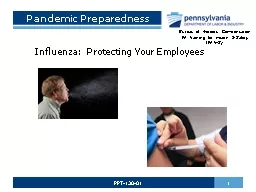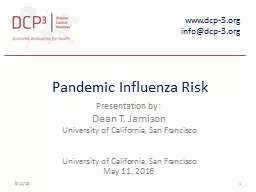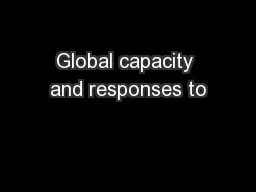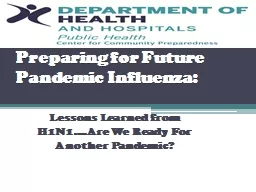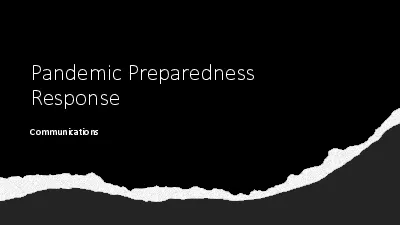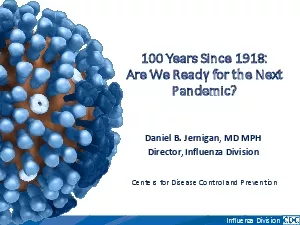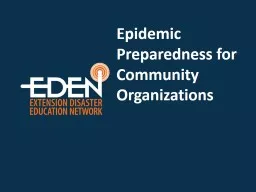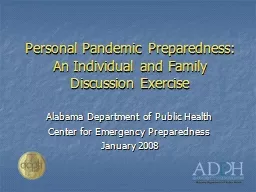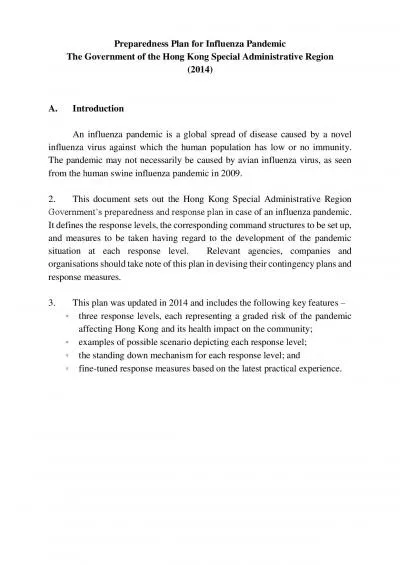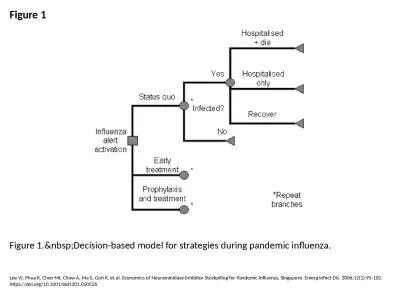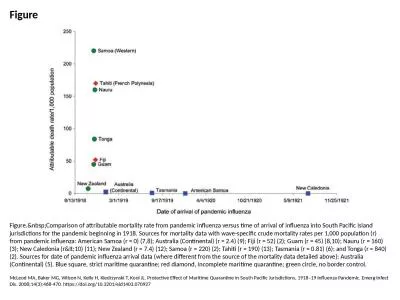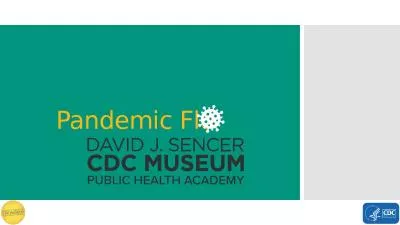PPT-Pandemic Preparedness Influenza: Protecting Your Employees
Author : alexa-scheidler | Published Date : 2020-04-03
1 PPT13001 Bureau of Workers Compensation PA Training for Health amp Safety PATHS Seasonal Influenza Pandemic Flu HistoryPast Pandemics Treatment amp Prevention
Presentation Embed Code
Download Presentation
Download Presentation The PPT/PDF document " Pandemic Preparedness Influenza: Prote..." is the property of its rightful owner. Permission is granted to download and print the materials on this website for personal, non-commercial use only, and to display it on your personal computer provided you do not modify the materials and that you retain all copyright notices contained in the materials. By downloading content from our website, you accept the terms of this agreement.
Pandemic Preparedness Influenza: Protecting Your Employees: Transcript
Download Rules Of Document
" Pandemic Preparedness Influenza: Protecting Your Employees"The content belongs to its owner. You may download and print it for personal use, without modification, and keep all copyright notices. By downloading, you agree to these terms.
Related Documents

